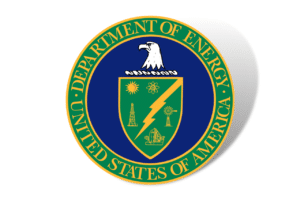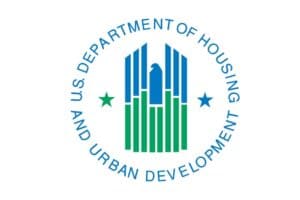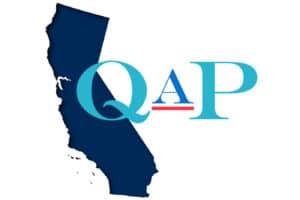Green/Sustainable Housing
Multifamily Energy and Water Management Toolkit
The following toolkit is intended to help improve energy and water management and reduce costs, spending and environmental impacts over the long‐term, while helping to preserve affordable properties. The toolkit is designed to be used by organizations with different levels of experience and capacity in the area of energy and water management. Tools can be […]

Green Tax Incentive Compendium for Federal and State Programs Released
Robinson+Cole has recently published a comprehensive look at both federal and state green tax incentives.

Robinson & Cole Sustainability Practice Center Releases 2017 Green Tax Incentive Compendium
A downloadable PDF of the January 2017 Green Tax Incentive Compendium is available on the R+C Sustainability Practice Center LinkedIn website.

2016 LIHTC QAP Analysis of Green Building Criteria Released
The Green Urbanism Program of Global Green USA has released its 2016 analysis of state Qualified Allocation Plans in regards to green building criteria. The study, which has been ongoing since 2005, identified trends in 2016, made recommendations, and gave ratings for each state QAP.

Department of Energy Releases Best Practices Guide for Residential PACE Finance Programs
These programs allow state and local governments to extend the use of land-secured financing to fund energy efficiency, renewable energy, and water conservation improvements on private property.

HUD: New Energy Benchmarking Requirements for Section 8, Multifamily FHA Insured and PRAC Properties
HUD’s Office of Multifamily Housing published on Tuesday a notice in the Federal Register creating a 60-day period for public comment for new proposed regulations that would require HUD-Assistance and FHA Insured Multifamily Properties to benchmark and report to HUD energy and water utilities.

HUD Releases Utility Schedule Model: Calculating Utility Allowances for HOME Webcast
The webcast, available online, demonstrates how to use the HUD Utility Schedule Model to calculate utility allowances for HOME-assisted rental projects.

California Posts Document for Public Comment Re Land Use and Climate Change Policy
The California Natural Resources Agency has recently posted a draft document titled “Vibrant Communities and Landscapes: a Vision for California in 2050.”

California: Update on contracting with BPI Certified Individuals/Entities
The California Tax Credit Allocation Committee Application Information page has been updated…

Robinson & Cole Releases Updated Compendium of Energy Efficiency, Renewable Energy Tax Incentives
Jerome L. Garciano, an attorney for Robinson & Cole LLP, released the July 2016 edition of the Robinson & Cole Green Tax Incentive Compendium, which presents certain federal and state tax incentives promoting the renewable energy and energy efficiency industries.

California Hosting Webinar on New Low Income Weatherization Program (Energy Cost Reduction)
California’s new Low Income Weatherization Program (LIWP) offers financial incentives to cover a significant portion of energy efficiency and solar installation costs for eligible projects. LIWP funds will typically cover approximately 30-80% of the efficiency project costs and 50-100% of solar PV systems, depending on the scope of work, project size, projected GHG reductions, and other project variables. For LIWP to provide the highest value to your projects, enroll early in the predevelopment stage to get help planning the scope of work. LIWP incentives may be integrated as part of a rehabilitation project or used for a standalone energy retrofit project.

Utility Allowance Guide for Owners of Affordable Rental Housing
The California Housing Partnership and National Housing Law Project have jointly published a guide to assist owners of affordable housing in understanding the implications of recent changes to federal program utility allowance requirements, and to provide tips for assessing whether utility allowance adjustments can be used as a resource to finance or pay back the […]